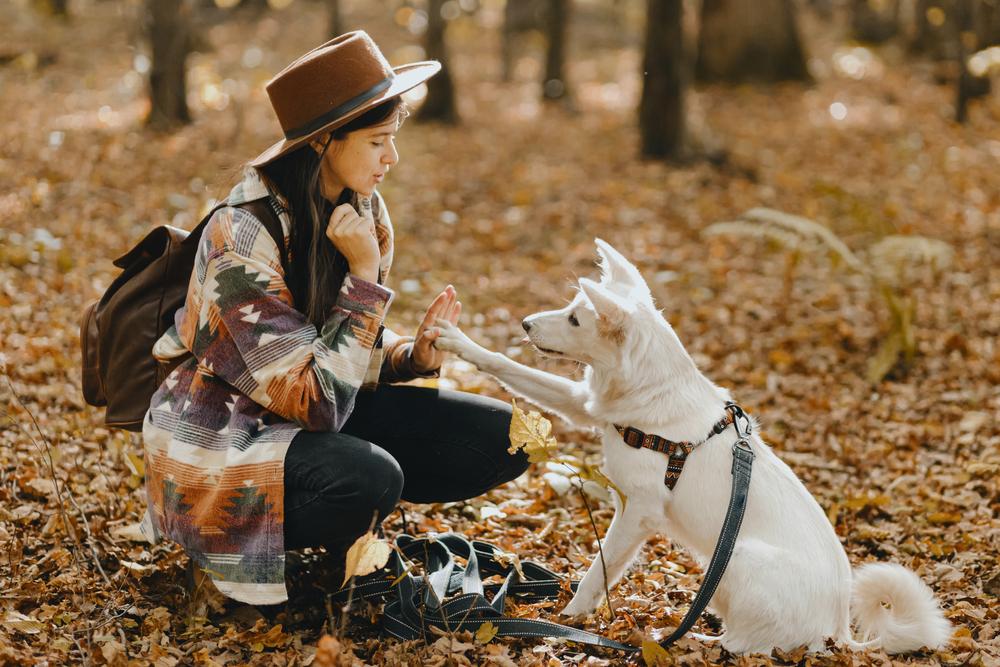Dogs see us as pack mates and they are eager to please, making proper training as important for them as it is for us. When it is done right, training time can become bonding time, too.
Two-Way Communication
From the moment they come home, dogs do their best to communicate with us, to let us know what they want and need as well as how they feel. They strive to understand us, too, which is why it is critical to find a way to let them know what is considered good behavior versus what isn’t allowed. But this isn’t a family event; for best results, the dog needs to be receiving input from just one person to avoid receiving conflicting or confusing signals. On a similar note, if there are multiple dogs in the household, it might also be best to exclude them from the training area, too. Training a dog of any age is not all that dissimilar from teaching a child new skills; the process usually goes more smoothly when there are less distractions.What a Dog Needs to Know
The usual goal is to create a set of commands that will help ensure the dog behaves as desired in a variety of situations. While it may seem like a great idea to train the dog to respond like the military and law enforcement dogs seen in movies and on TV, few owners are qualified to do so, and while a Belgian Malinois might be well-suited to this, a Basset Hound, Labrador, or Yorkie probably is not. The initial challenge should be to establish the basics of sit, stay, come, outside, and No. These everyday skills create a foundation that allows more advanced training.All Dogs Can Learn
Just as a child progresses from one grade level to the next, so too can a dog master new skills over time. Patience and love are the key for any skill-training; it should not be rushed. When a dog becomes a member of a new pack, whether as a puppy or as a mature dog in the case of a rescue or other rehoming, it wants to know what is allowed. They all look for leader to lay down the rules.The adage, “you can’t teach an old dog new tricks” was probably not written by someone who had a great relationship with their dog. With patience and affection, dogs of all ages can learn new skills, subject of course to their physical condition, agility, and level of desire to please. Rescue dogs that at first seem to be aloof and perhaps even a bit aggressive can, in a short time, respond to a loving environment to become sweet, playful, and affectionate.






